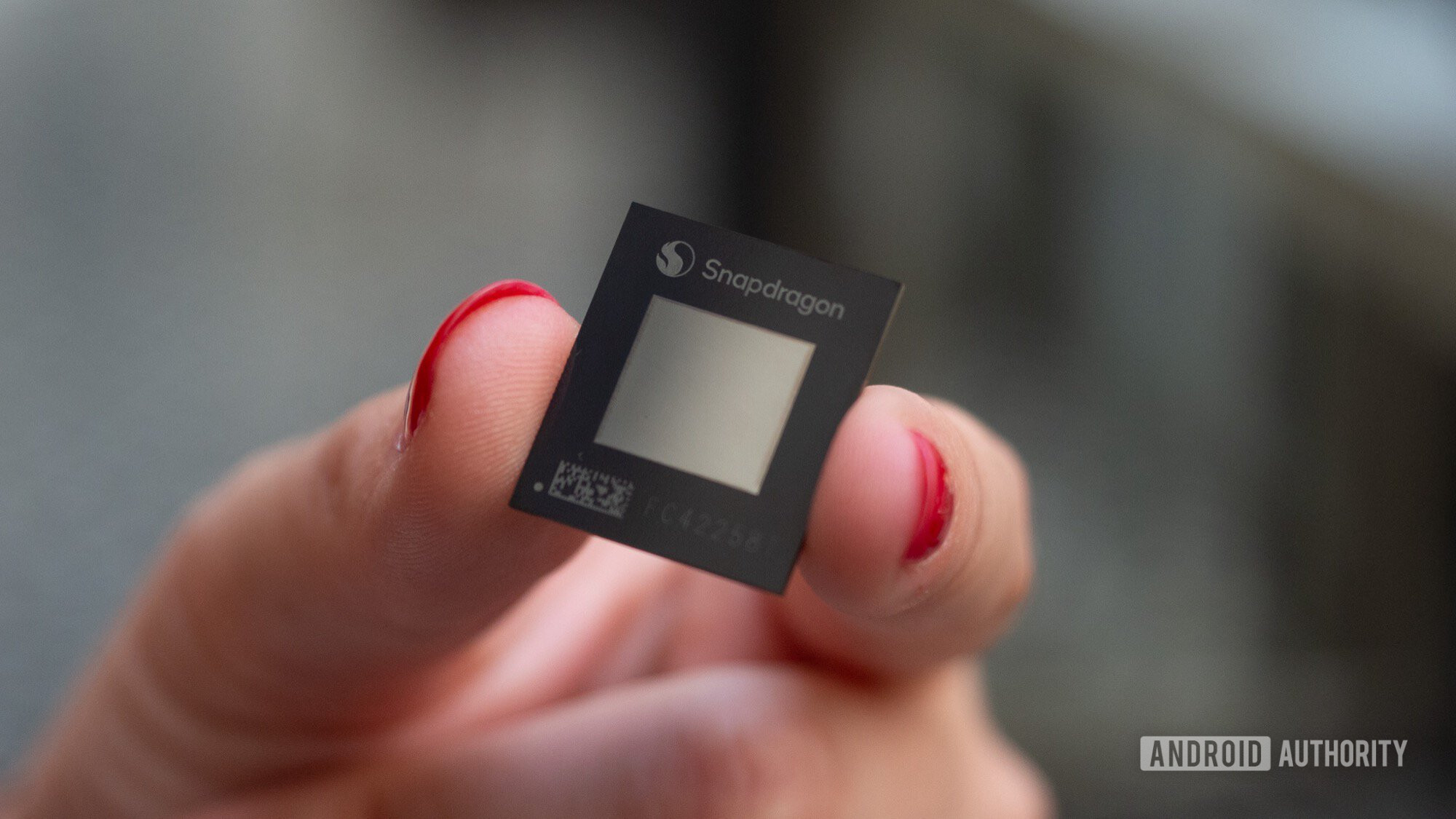
Rita El Khoury / Android Authority
If you could pop on some X-ray specs and peek inside your smartphone, there’s a good chance you’d see a Qualcomm Snapdragon logo adorning its CPU — at least if you’re sporting a flagship handset. With Samsung, OnePlus, Xiaomi, and many other major global brands backing Snapdragon as their premium platform of choice, Qualcomm sits in a pretty dominant position in the mobile chip market, even though its rivals might pick up volume on mid-range products with tighter margins.
Go back in time a bit, however, and you might have bought a Samsung Galaxy with Exynos in the US or could have been mulling the benefits of HUAWEI’s Kirin in Europe. Before that, your phone probably had a chip built by the formidable Texas Instruments or even Intel. So, just how did Qualcomm’s Snapdragon end up being virtually synonymous with Android smartphones?
Radio rakes it in
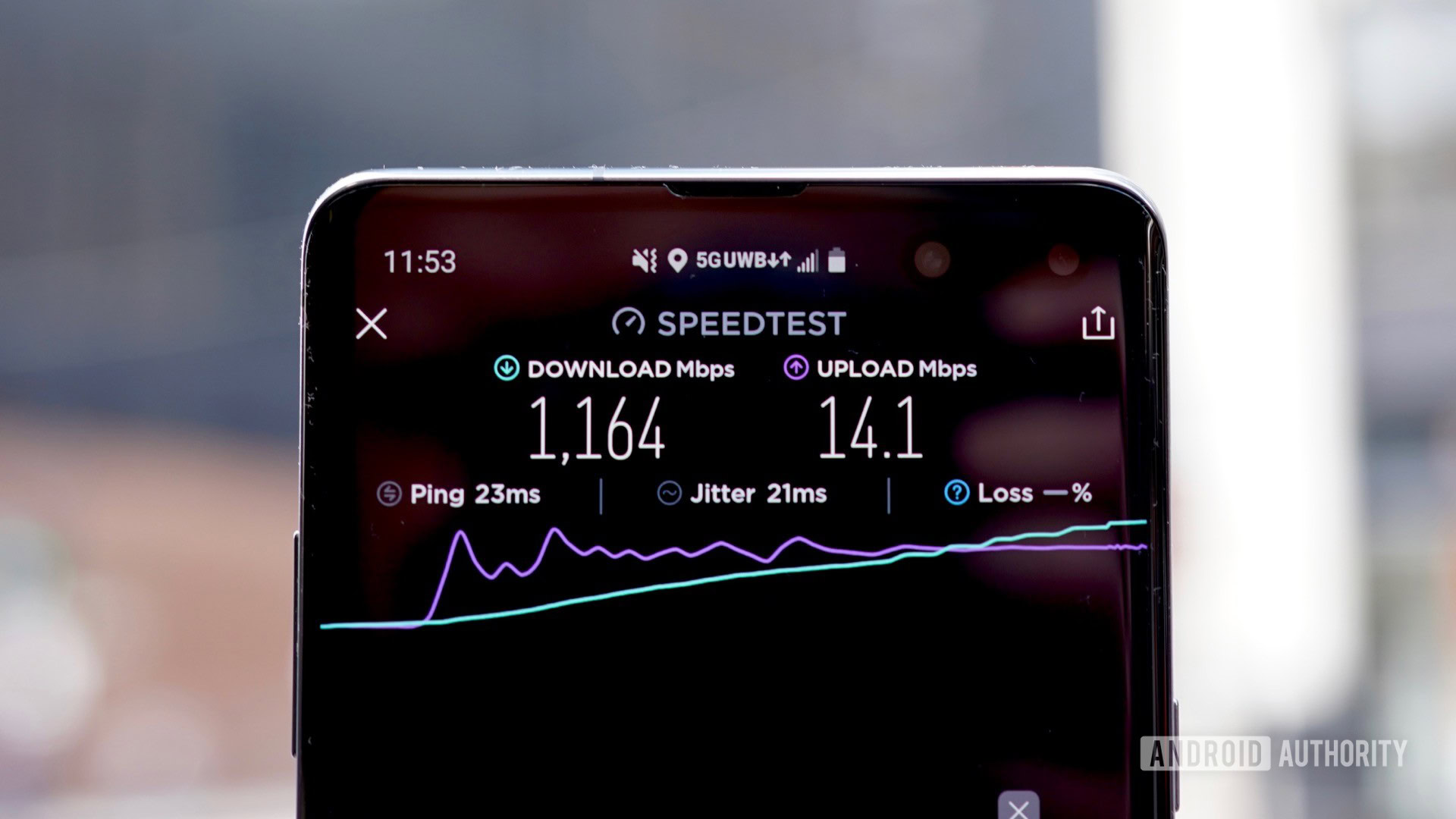
Very early smartphone processors were often built by companies with existing specializations in radio baseband technologies, leveraging the now-familiar Arm CPU architecture to handle the application processor side of things. Intel’s XScale and Texas Instruments OMAP were found in the BlackBerry 8700 and Nokia N95, for example. Samsung was also already a legacy chip player at this time; its S5L8900 powered the original Apple iPhone in 2007, but it also used Broadcom chips for some of its early Galaxy models.
Qualcomm, also with a strong history in baseband, made its way into the application processor market around that time; its fancily named MSM7201A powered the first Android phone in 2008 — the HTC Dream — which was quickly followed up by the Snapdragon S1 and its self-developed Scorpion CPU (based on Arm) that same year.
CDMA patents and integrated 4G LTE modems gave Qualcomm a boost start.
Why do basebands and modems matter so much? Well, they’re what ensures technology can connect to a network — a pretty big deal for phones. Qualcomm was a key player in the development of the turn of the millennium 3G CDMA standard, which Sprint and Verizon adopted in the US, while AT&T and T-Mobile went the GSM WCDMA route like much of the rest of the world. With Qualcomm supplying baseband technology, Verizon ended up with a powerful 3G network, and Qualcomm had a route into handsets selling at the US’ biggest network at the time. The iPhone 4, for instance, came in a CDMA version with a Qualcomm modem for Verizon, even as Apple embarked on its silicon adventures with the Apple A4. Qualcomm also has an extensive CDMA and WCDMA patent portfolio, which not only gave it a leg up in developing modems but also earned it a tidy sum in licensing agreements in the early 3G era.
Of course, application performance was also a concern in these early smartphone days, and new multitasking capabilities demanded faster, multi-core processors. While NVIDIA’s Tegra 2 pipped everyone to the post, Qualcomm’s Snapdragon S3, Samsung’s Exynos 4210, and Texas Instruments OMAP 4 all grabbed Arm’s Cortex-A9 CPU for dual-core setups in 2010, and the performance race ramped up from there.
David Imel / Android Authority
Qualcomm’s Snapdragon S4 Pro and follow-up 800 series showcased the power of its custom Krait CPU cores compared to Exynos’ quad-core Arm cores, as well as the brand’s integrated 4G LTE capabilities. This led Samsung to adopt its rival’s chips in the US with increasing consistency from the Galaxy S2, S3, and S4. That’s right — the Exynos vs Snapdragon global rivalry dates that far back.
However, Qualcomm was blindsided by Apple’s quick switch to a 64-bit CPU, so 2014’s overly hot Snapdragon 810 and its slower but cooler 808 sibling switched back to Arm Cortex CPU designs. The CPU performance pendulum swung back and forth in the octa-core era, as did graphics and manufacturing efficiency wins. MediaTek rose to prominence in the budget sector during this period, providing a slew of affordable octa-core processors for budget models. It also offered its integrated modems but couldn’t compete with Qualcomm and Samsung in terms of top-tier performance.
As the market became increasingly competitive by the mid-2010s, Intel, Broadcom, TI, and even NVIDIA dropped by the wayside — mainly owing to a lack of integrated baseband — while the survivors leveraged unique strengths to stay in the game. The success of Apple’s iPhone meant it could afford to develop its custom silicon despite not having modems to call its own. Galaxy provided similar opportunities for Samsung, which was also able to leverage its manufacturing capabilities to stay cost-efficient. Qualcomm came out on top as the choice for other premium Android brands, such as HTC, LG, and Sony, owing to its powerful integrated modem technology and competitive performance.
The modern high-performance era
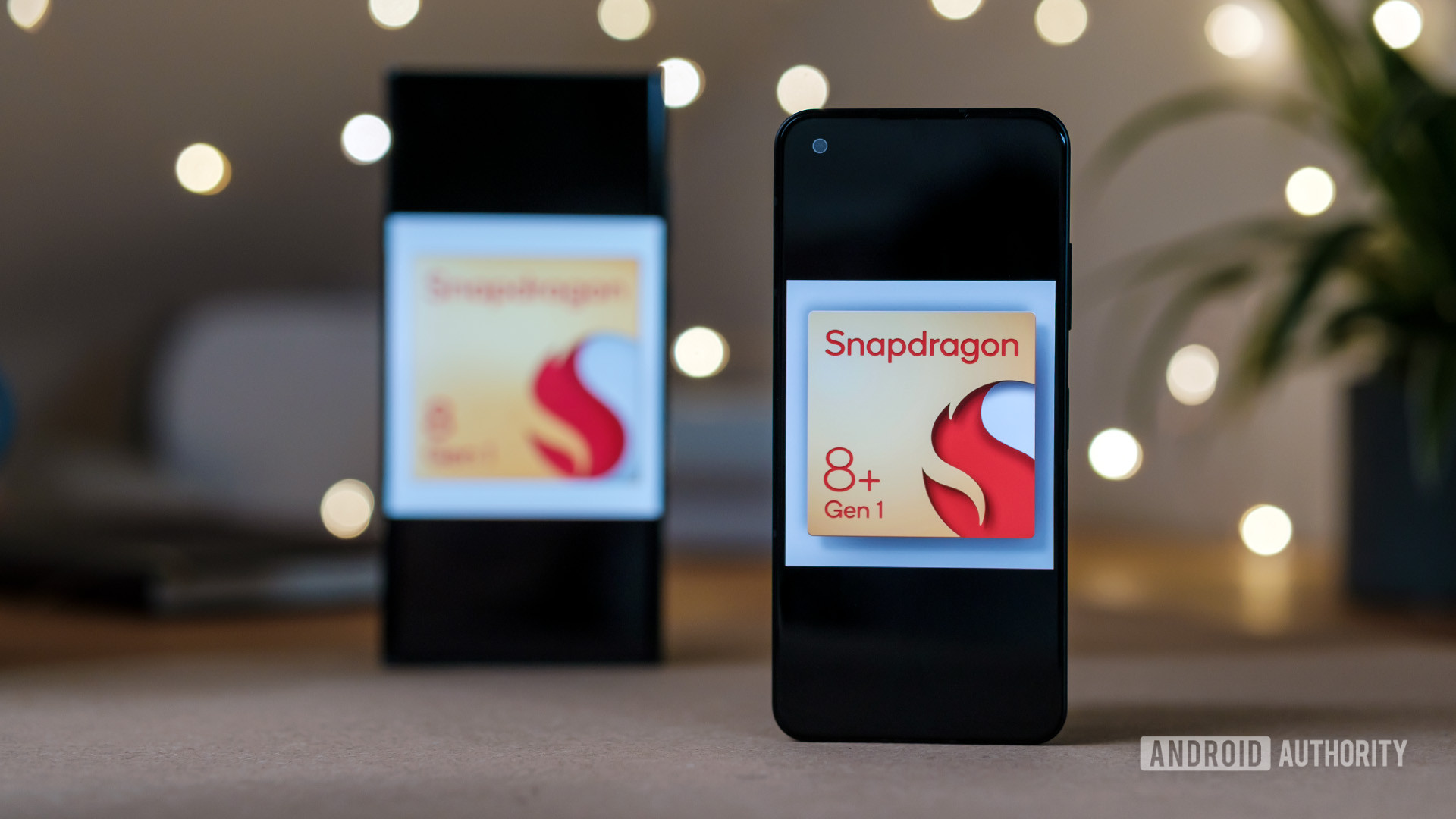
Robert Triggs / Android Authority
With 4G firmly under its belt, Qualcomm’s Snapdragon series moved quickly to accommodate premium, mid, and affordable tiers with 8, 7, 6, and 4 series monikers, though it was never quite as competitive as rival MediaTek in the more affordable tiers. However, media attention would follow the duel between Apple and Samsung for the performance crown, with the former gradually pulling away thanks to its custom CPU development efforts. Ironically, Exynos also went down the custom CPU route with Mongoose, but this often left Snapdragon at an advantage.
Topping Android benchmarks earned Snapdragon plenty of applause in the mid-2010s, but application and networking performance started to become very comfortable by early 2020 and was less of a reason to upgrade your phone. It was around that time that Qualcomm started to make major improvements to its chip’s other components: Adreno GPU, Hexagon DSP, and its Qualcomm Spectra ISP. Graphics, computational imaging, and AI all became increasingly important parts of the Snapdragon identity, which explains why we’ve seen Snapdragon in everything from gaming phones to photography powerhouses.
With a focus beyond CPUs, we’ve seen Snapdragon in everything from gaming phones to photography powerhouses.
Still, modem technology remained a key differentiator for Qualcomm throughout the 4G LTE and more recent 5G eras as well. Despite the odd lawsuit, it has been a key partner for Apple, Samsung, and many others in bringing cutting-edge networking to their devices.
Of course, it’s not been entirely smooth sailing. Qualcomm’s rebrand to the Snapdragon 8 Gen 1 was accompanied by overheating issues that had to be rectified by switching from Samsung Foundries to TSMC with the 8 Plus Gen 1. TSMC doesn’t come cheap, but Qualcomm’s willingness to switch manufacturers has generally helped it swerve efficiency issues that have hampered rivals Exynos and Tensor built at Samsung in recent generations.
Today, Qualcomm has returned to its custom CPU roots with the Snapdragon 8 Elite, offering mobile performance that’s only rivaled by Apple’s Pro iPhones. While the brand had a minor but consistent performance lead in previous years, it’s looking to use its newfound lead as a major differentiator in 2025. Combined with the advanced AI, imaging, and networking capabilities that it’s also been honing for the past decade, the Qualcomm juggernaut is looking pretty hard to stop — at least in the premium tier.
Of course, performance isn’t everything, especially when it comes to higher and higher prices. As such, MediaTek continues to present itself as a viable, slightly more affordable alternative in the high-end and remains the budget go-to. Similarly, Google and Samsung have custom chipset developments in Tensor and Exynos, respectively, providing them a way to pursue their own design goals and hedge against monopolistic pricing strategies. Qualcomm certainly doesn’t own the mobile chipset market, but it leads the way in the high-performance tier.
A past and future beyond smartphones
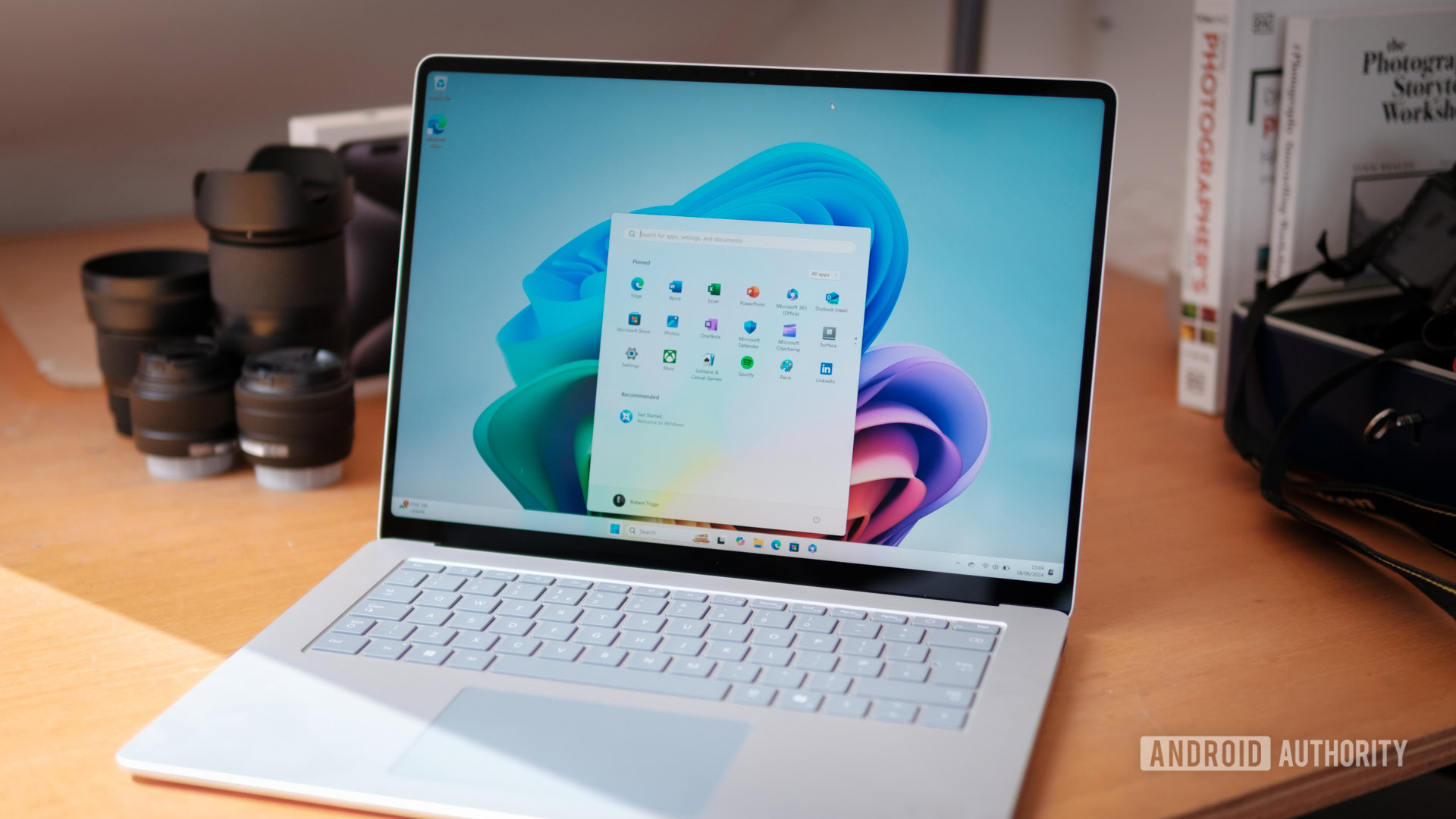
Robert Triggs / Android Authority
All that talk of custom CPU cores leads us to a key part of Qualcomm’s future — Microsoft Copilot laptops. Windows on Arm might have started with a splutter, offering pretty mediocre performance based on essential reused smartphone platforms and so-so emulation. However, it’s here in full strength with the arrival of Qualcomm’s custom Oryon CPU cores and the Snapdragon X platform. With performance and battery life that rivals Apple’s M-series and AI smarts, too, Microsoft and Qualcomm are banking on this leveling up the Windows experience beyond the historic x64 paradigm and leading a solid challenge to Apple, which has become dominant in the premium laptop space — particularly among the creative industries. Should it pan out, Qualcomm will have found a way to break into the ever-lucrative PC market and disrupt the seemingly ironclad AMD/Intel duopoly.
Of course, I should acknowledge that those Oryon CPU cores (as well as Phoenix for mobile) didn’t originate entirely in-house. Qualcomm gobbled up Nuvia for a hefty $1.4 billion in 2021, snagging its custom Arm CPU developments destined for data centers, along with its engineering expertise that included ex-Apple employees, and molding those into the consumer-tier products on the market today. Arm hasn’t been too happy about this development, with lawyers continuing to wrack up hefty bills on both sides in the ensuing years. Even so, buying Nuvia has allowed Qualcomm to finally close the gap on Apple’s CPU development in both the mobile and PC spaces so that price tag might end up being well justified after all.
Qualcomm has a knack for buying up promising companies at just the right time.
Long before PCs came into view, Qualcomm had custom silicon developments in a range of other product segments, including augmented reality and automotive. The brand has been influential in the smartwatch and true wireless earbud spaces. You’ll find its technology inside the Google Pixel Watch 3, for example, while the Bose QuietComfort Earbuds II, and many others, sport Qualcomm’s aptX Lossless technology for premium-quality wireless sound. aptX audio is another one of those just ahead-of-the-curve acquisitions. Qualcomm bought CSR in 2015, the same year that Apple would launch the AirPods, and pretty much just as the wider audio space began to pay attention to the true wireless buds market. Paired with noise cancelation and chipset innovations, it’s another buy that helped it carve out profits from a very competitive marketplace.
In the past five years alone, Qualcomm also bought Foundries.io (embedded software developer), Cellwize (5G network automation software), Autotalks (vehicle-to-everything communication semiconductors), and Augmented Pixels (AR mapping software), to name just a few. Despite what it sometimes looks like, it would be unfair to paint Qualcomm as a predator simply buying up any and all competitors — it has considerable R&D teams of its own, as we’ve covered. Still, the company’s purse holders aren’t afraid to loosen the drawstrings to help keep it ahead of the curve.
Will Qualcomm continue to dominate?
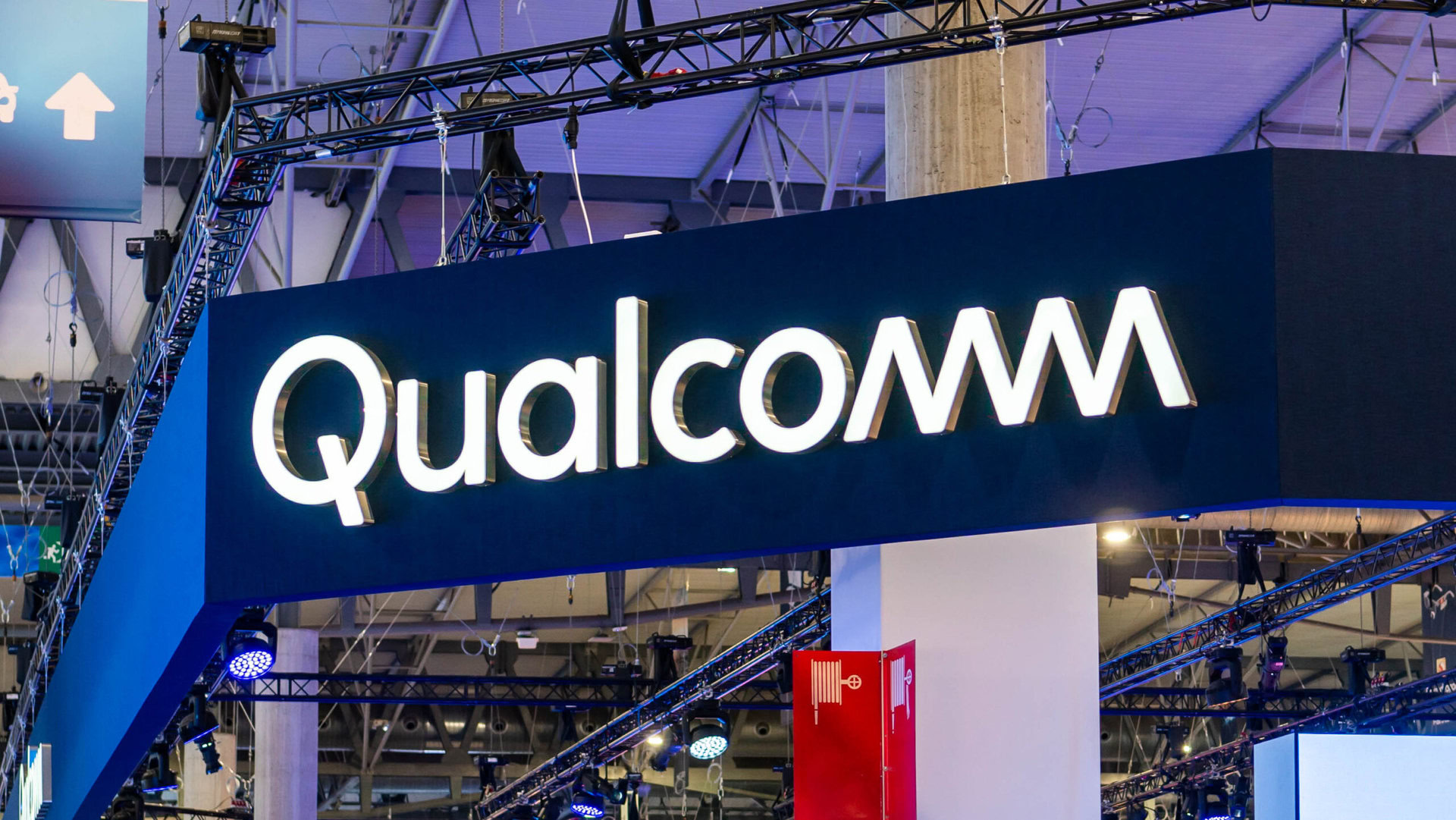
Kris Carlon / Android Authority
Without fawning over Qualcomm any further, Snapdragon has undergone a steady expansion from its 3G/4G origins, which provided it with a solid platform, to encompassing automotive, laptops, wearables, and more, which has helped keep its nose out ahead of competitors with narrower focuses. Then there’s the Snapdragon 8 Elite and X Elite; Qualcomm is pushing ahead with performance that few of its Arm-based competitors can match. Not to mention that Qualcomm has money in the bank to invest in massive purchases like Nuvia, back countless projects across IoT, XR, and more, and duke it out with Arm, Apple, etc, in the legal domain. It’s tough to see Qualcomm being dethroned any time soon. But never say never, I suppose; just look at the current state of the once-dominant Intel.
Of course, Qualcomm’s baseband business remains a big earner, too, with fingers in the connected aspects of automotive, augmented reality, and smartphones, of course. However, long-term partner Apple is planning to gradually transition away from Snapdragon modems to an in-house design. That’ll leave Qualcomm firmly in an Android-only position in terms of smartphones (at least outside of patents), which is a bit riskier and marks a significant loss for one of its numerous revenue streams.
If there is a bigger threat to Qualcomm’s position, it might come from the fallout of its legal dispute with Arm over custom CPU licenses. If Qualcomm has to halt custom CPUs based on its Nuvia acquisition, that market goes right back to square one. However, this seems far less likely after the jury recently found in Qualcomm’s favor on two counts of the case. I’d also keep an eye on cheaper alternatives. RISC-V, for instance, could push prices down in the embedded and budget compute markets, as it’s an affordable alternative to Arm licenses. Top-tier Snapdragon chips don’t come cheap either, and MediaTek will no doubt be dangling discounts to Qualcomm’s partners. We’ll have to see what happens once Qualcomm’s exclusivity over Windows on Arm ends in 2025. Perhaps others will join Apple, Google, and Samsung in hedging with custom mobile chipset developments too.
Who knows? But for now, Qualcomm is the top dog in the premium smartphone market and is well-positioned to do well in the PC space, too.
Comments


